Emergency Loans And Grants For Hurricane Damage Repairs
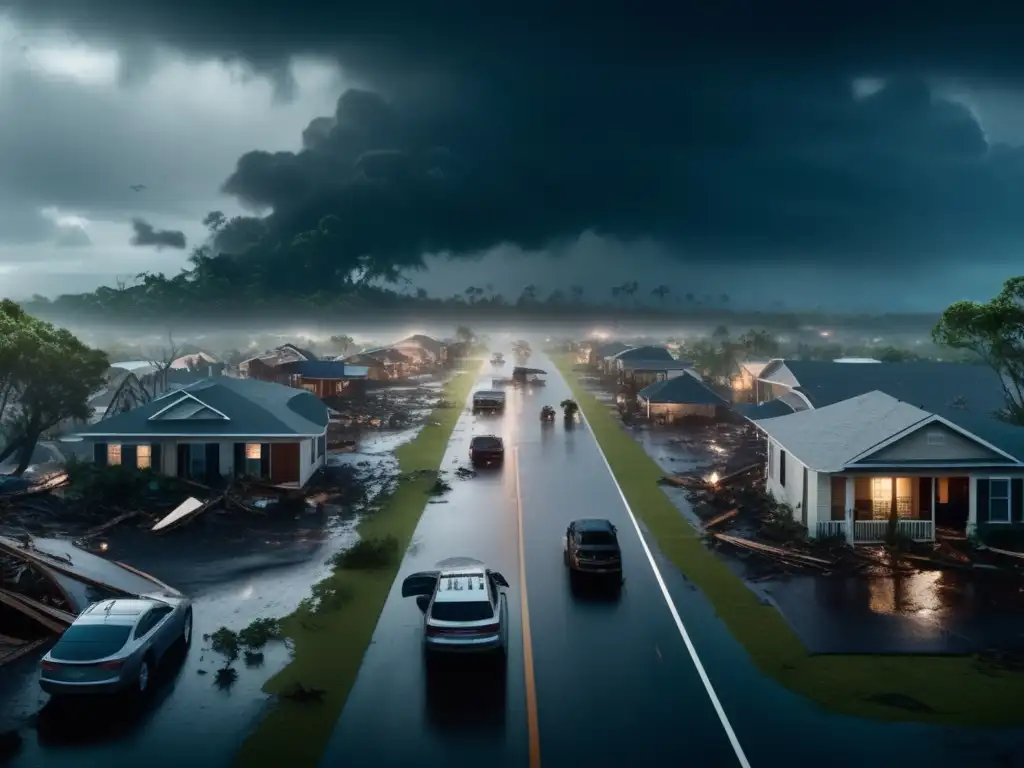
Emergency Loans and Grants for Hurricane Damage Repairs
Introduction
When a hurricane strikes, it can cause extensive damage to homes and businesses in the affected area. The cost of repairing such damages can often be overwhelming for those affected. Fortunately, there are various emergency loans and grants available to help those affected by hurricanes to repair their properties. In this article, we'll discuss the various types of emergency loans and grants available for hurricane damage repairs.
Federal Emergency Management Agency (FEMA) Assistance
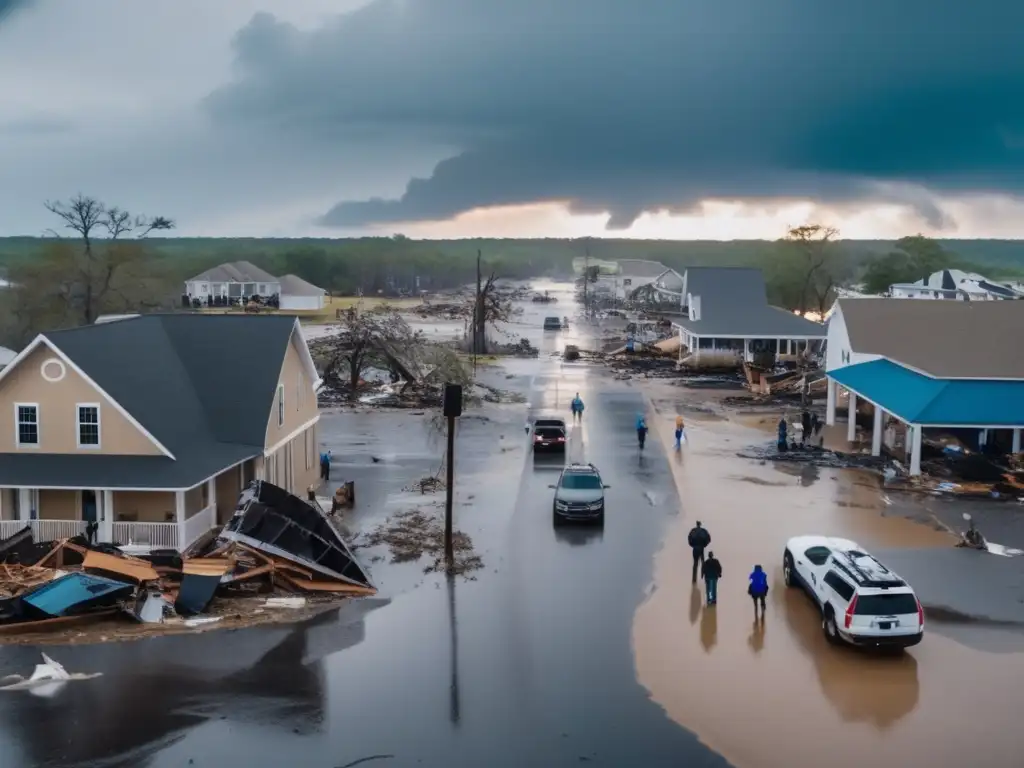
Individual Assistance Program
The Individual Assistance (IA) program is part of FEMA's assistance package for homeowners and renters who have suffered damage to their homes or personal property due to a federally declared disaster. The program offers financial assistance for temporary housing, home repair or replacement, and other eligible expenses.
To be eligible for this program, you must reside or own a business in a declared disaster area and have losses not covered by insurance. The FEMA website provides information on how to apply for IA assistance online, through the phone, or by visiting a Disaster Recovery Center in person.
Public Assistance Program
The Public Assistance (PA) program provides grants to state and local governments and certain private nonprofit organizations to assist with the costs of emergency work and the repair or replacement of disaster-damaged facilities.
For homeowners, the PA program can cover debris removal, emergency protective measures, and repair or replacement of damaged structures. States, tribes, and territories determine which areas and applicants receive PA funds, and FEMA starts the process by creating a disaster declaration. More details on the Public Assistance program are available on the FEMA website.
Small Business Administration (SBA) Disaster Loans
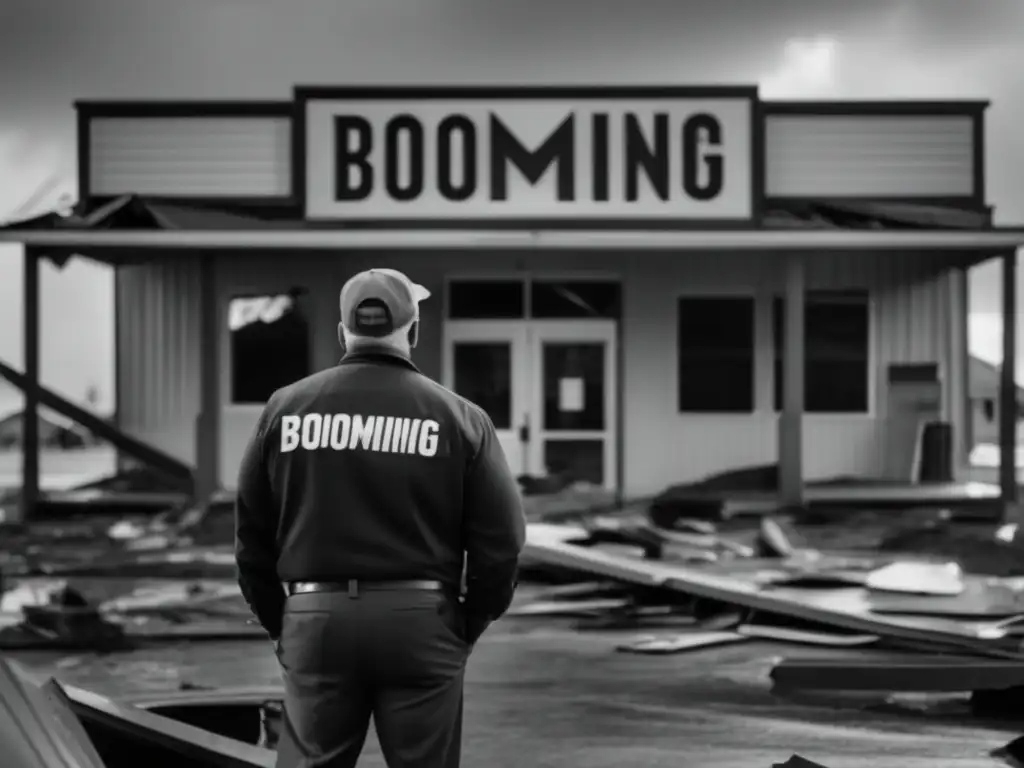
Property Damage Loans
The SBA offers low-interest loans for property damage caused by disasters such as hurricanes. Homeowners, renters, and businesses of all sizes may apply for these loans to repair or replace damaged or destroyed personal property or real estate.
While the terms of the loans vary depending on the size of the business and the extent of the damage, the maximum loan amount for physical damages is $2 million for small businesses and $200,000 for homeowners and renters. Applications can be submitted online via the SBA website.
Economic Injury Disaster Loans
The SBA also offers Economic Injury Disaster Loans (EIDL) to help businesses meet their financial obligations when affected by disasters. These loans are available to small businesses and most private nonprofits, providing working capital to help cover normal operating expenses that could have been met had the disaster not occurred.
EIDLs are available up to $2 million with an interest rate of 3.75% for small businesses and 2.75% for nonprofits, with terms of up to 30 years. More information on EIDLs can be found on the SBA website.
State-Specific Assistance Programs

Florida Small Business Emergency Bridge Loan Program
Florida's Small Business Emergency Bridge Loan Program offers short-term, interest-free working capital loans to help small businesses recover from the effects of disasters like hurricanes. The program provides up to $50,000 in emergency funds to cover the necessary costs of running a business during the recovery period.
To qualify for a bridge loan, small businesses must have been operating before the disaster occurred and demonstrate a need for the emergency funds. More information on this program and how to apply can be found on the Florida Department of Economic Opportunity's website.
North Carolina Hurricane Relief Fund
The North Carolina Hurricane Relief Fund provides financial assistance to North Carolina residents who suffered damages in the aftermath of hurricanes. The fund offers grants up to $1,000 per household or up to $5,000 per small business for help with emergency housing, food, clothing, and repairs.
Eligibility requirements, application procedures, and additional resources regarding the North Carolina Hurricane Relief Fund can be found on their website.
Frequently Asked Questions

-
What is the maximum loan amount available through FEMA's Individual Assistance Program?
The maximum loan amount for physical damages is $34,900, while the average grant amount for home repair is around $8,000.
-
Do I need insurance to qualify for FEMA assistance?
No, but applicants are required to file a claim with their insurance provider and provide proof of denial or loss before applying for aid from FEMA.
-
What documents do I need to provide when applying for SBA disaster loans?
You will need to provide a completed SBA loan application, a tax information authorization form, and certain financial statements such as balance sheets, income statements, and other documents that support your ability to repay the loan.
-
Are there any repayment penalties associated with SBA loans?
No, there are no prepayment penalties associated with SBA loans.
-
How long does it take to receive funds from state-specific assistance programs?
The time may vary depending on the program, but most programs aim to provide funds within a few weeks of the application being approved.
Conclusion
Recovering from a hurricane can be a daunting task, and the costs associated with repairing damages can be overwhelming. The emergency loans and grants we've discussed in this article offer financial assistance to those affected by hurricanes, helping them to rebuild their lives and homes. It's important to stay informed about the eligibility requirements and application procedures for these programs so that you can take advantage of them if necessary. As we head into hurricane season, it's crucial to prepare yourself and your property and to have a plan in place for potential disasters.
Remember, always follow the guidance of local government officials and emergency management experts in the event of severe weather conditions.
Additional Resources

- Federal Emergency Management Agency (FEMA)
- Small Business Administration (SBA)
- Florida Small Business Emergency Bridge Loan Program
- North Carolina Hurricane Relief Fund
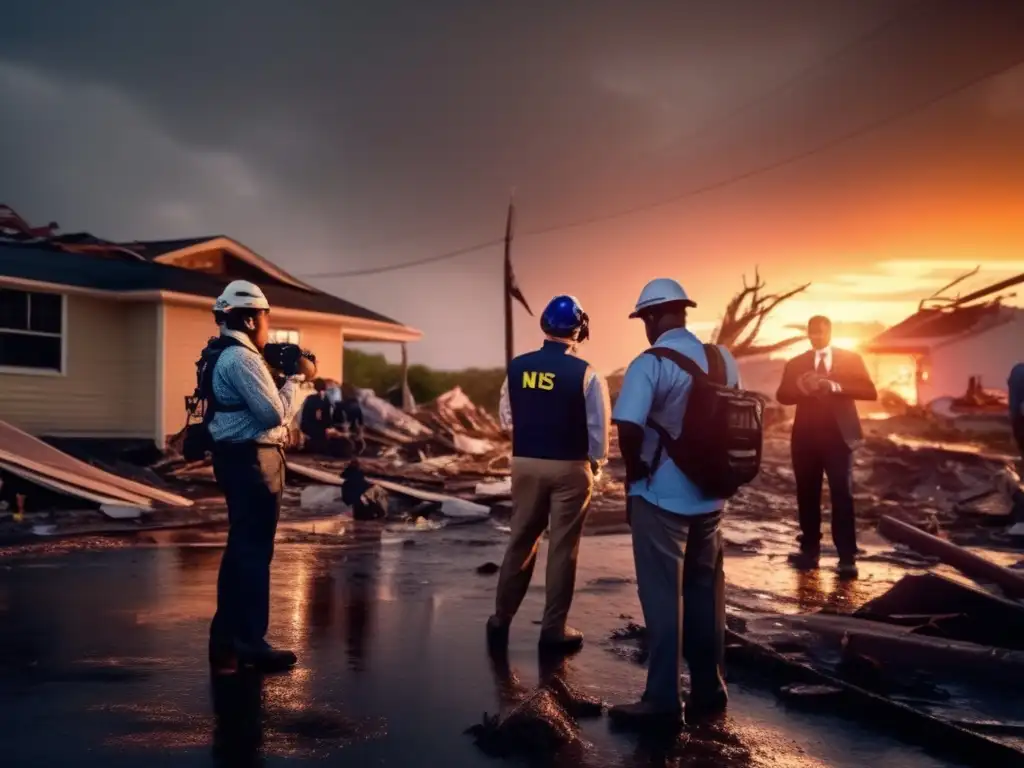 Staying Informed: Keeping Up With Post-Hurricane News
Staying Informed: Keeping Up With Post-Hurricane News Disaster Unemployment Assistance After A Hurricane
Disaster Unemployment Assistance After A Hurricane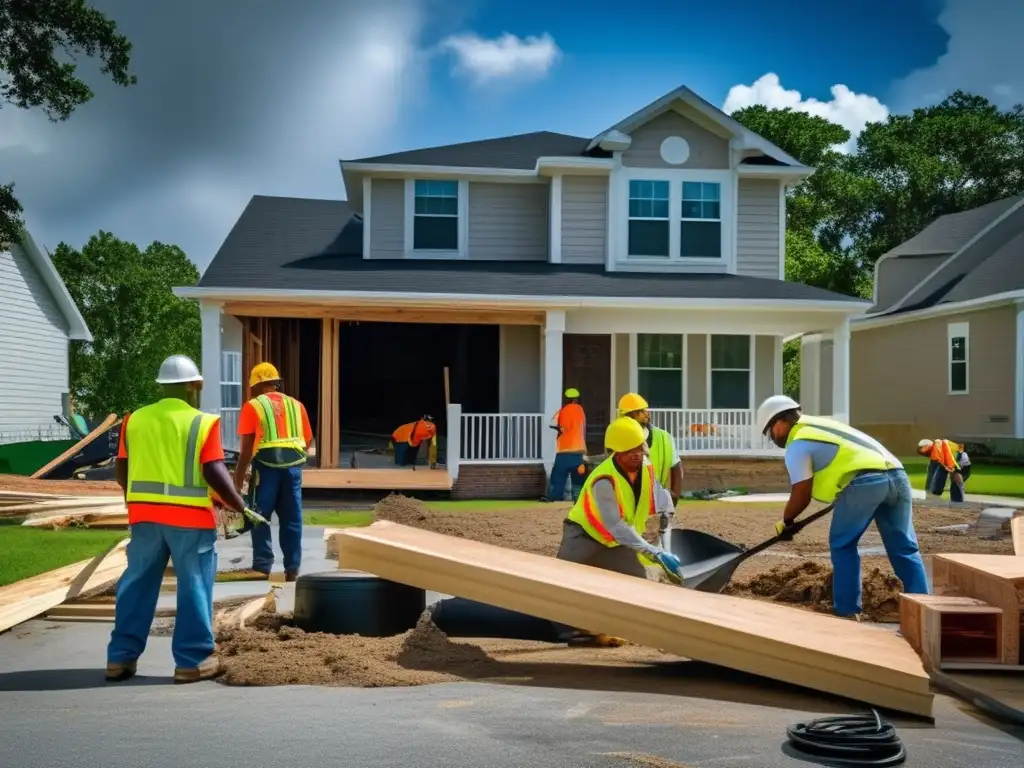 Hiring Contractors: What To Look For Post-Hurricane
Hiring Contractors: What To Look For Post-HurricaneIf you want to discover more articles similar to Emergency Loans And Grants For Hurricane Damage Repairs, you can visit the Hurricane recovery: category.
Leave a Reply

Articulos relacionados: